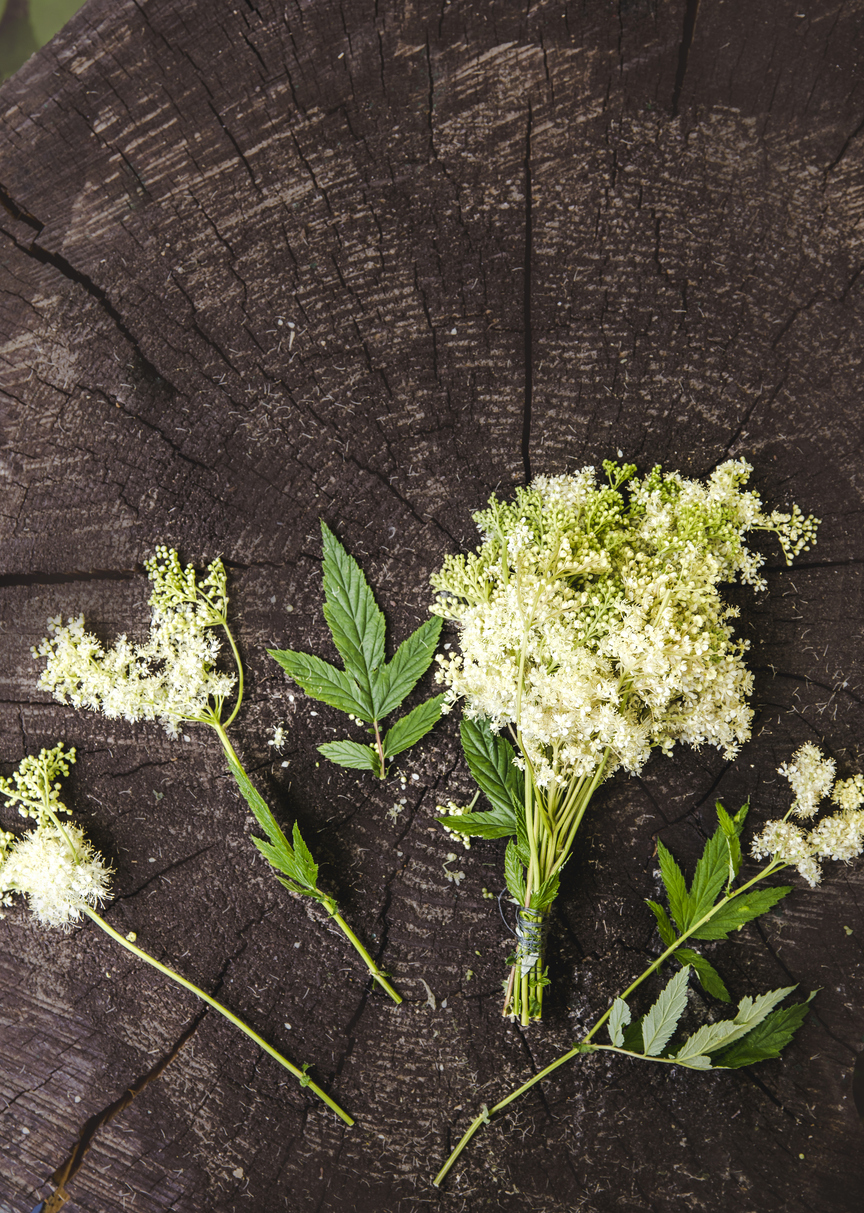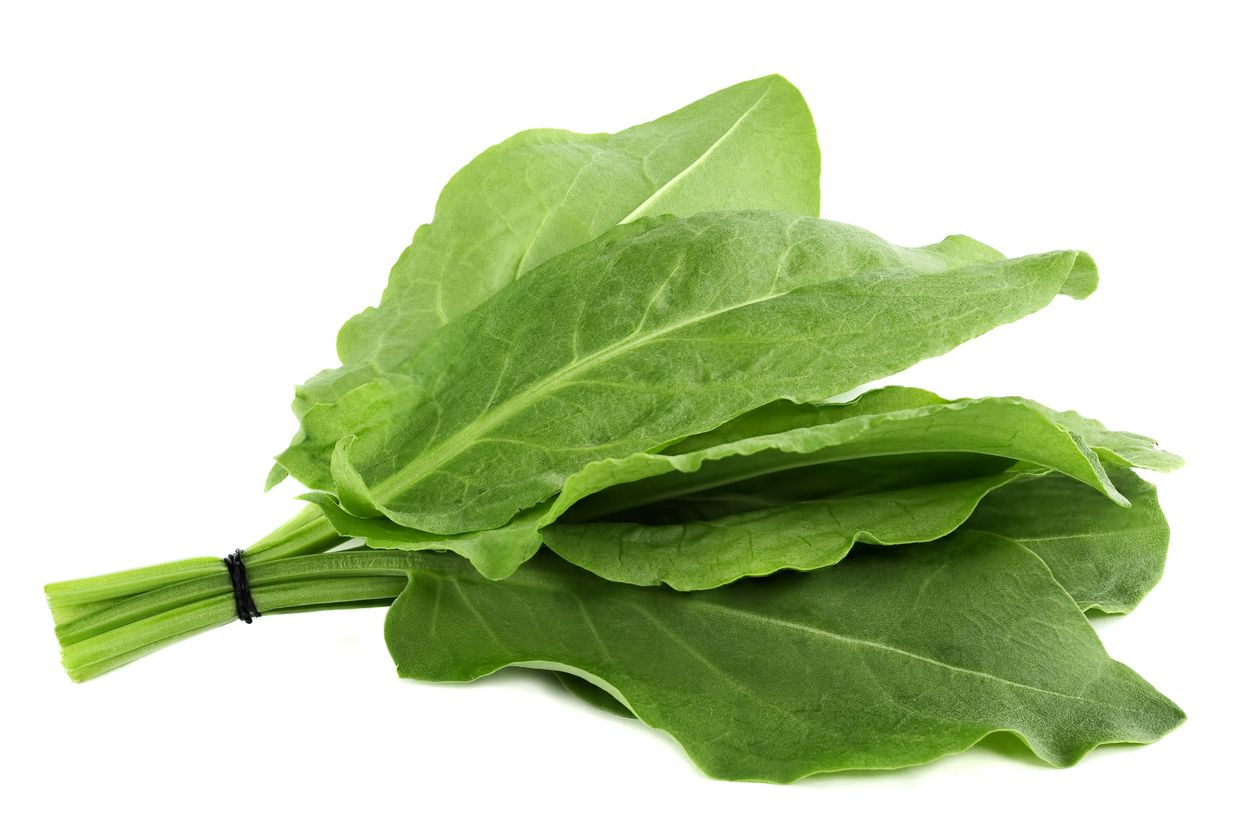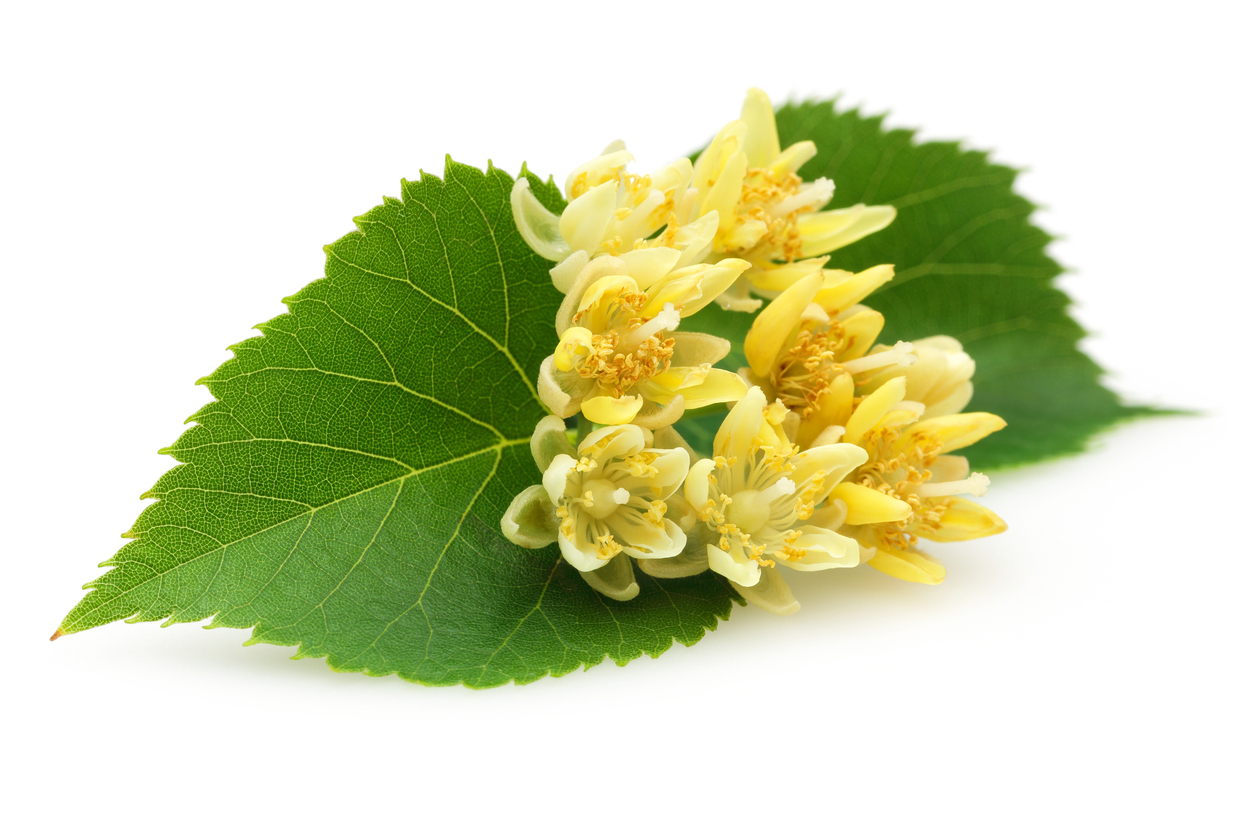
Late Spring Foraging: A Feast for the Senses
by Pete Compston
As the vibrant hues of spring paint the Northern landscapes, foragers eagerly anticipate the bounty of wild edibles awaiting discovery.
Late spring heralds the emergence of an array of culinary treasures, from the humble yet versatile plantain to the delicate blossoms of the lime tree. In this article, we embark on a journey of exploration, uncovering just a few of the gems in late spring foraging and celebrating the diverse flavours and medicinal properties of nature’s harvest.
Before we delve into the culinary delights of late spring foraging, it’s essential to familiarise ourselves with the etiquette surrounding this practice. Ensuring confidence in plant identification and conducting thorough research before consuming any wild food is paramount. Safety should always be the top priority, especially considering potential contraindications for individuals with specific conditions or medications.
Late Spring Foraging Favourites
Plantain: A Humble Herb with Powerful Potential
In traditional herbal medicine, plantain leaves are revered for their ability to soothe a myriad of skin ailments, from insect bites and stings to minor cuts and abrasions and can help soothe conditions like eczema, psoriasis and dermatitis.
Their natural anti-inflammatory and antimicrobial properties make them a go-to remedy for alleviating irritation and promoting rapid wound healing. Whether applied topically as a poultice or brewed into a healing salve, plantain leaves offer gentle yet effective relief for common skin complaints. Beyond their topical applications, plantain leaves, and the glorious tasting seedheads akin to mushroom soup in their flavour also offer a wealth of nutritional benefits.
Rich in vitamins A, C, and K, as well as minerals like calcium and potassium, this humble plant provides a nutritious addition when incorporated into dishes. While the leaf texture can be tough, blending or blanching them can help soften their texture, making them more palatable. When infused as a tea, plantain leaves, with their mucilaginous properties, can also help alleviate respiratory congestion and soothe coughs, making them a valuable ally during cold and flu season.
Meadowsweet: Nature’s Fragrant Medicine

Meadowsweet leaves and flowers
Venture into the sun-dappled meadows, woodland glades and riverbanks, and you’ll likely encounter the delicate beauty and sweet fragrance of meadowsweet (Filipendula ulmaria).
Meadow Sweet is a useful remedy for headaches, joint pain, and other inflammatory conditions.
Historically, meadowsweet was prized for its analgesic and anti-inflammatory properties, with herbalists using it to alleviate pain and fever. In fact, the compound salicylic acid, from which aspirin is derived, was first isolated from meadowsweet. It remains a useful remedy for headaches, joint pain, and other inflammatory conditions.
In addition to its medicinal uses, meadowsweet also offers a delightful culinary experience. The flowers impart a delicate almond-like flavour to desserts and homemade cordials, adding a touch of floral elegance to any dish. Meadowsweet flowers elevate both sweet and savoury creations with their subtle fragrance and subtle flavour profile. While meadowsweet’s fragrant blossoms often steal the spotlight, its leaves are equally deserving of culinary acclaim. Their subtle almond-like flavour, that some people say reminds them of Germolene when eaten fresh, surprisingly still imparts a delicate sweetness that enhances the overall taste experience. Their aromatic notes complement a wide range of ingredients, adding depth and character to each dish.
Common Sorrel: A Tangy Treat from Nature’s Pantry

Sorrel
Foraging enthusiasts seeking a tart and tangy addition to their culinary creations need look no further than common sorrel (Rumex acetosa), a relation of the well known Dock Leaf. With its distinctive lemony flavour and nutritional benefits, this wild green adds a citrusy zest to salads, soups, and sauces, while also offering a host of health-promoting properties.
Common sorrel leaves are rich in vitamins and minerals, including vitamin C, potassium, and magnesium, making them a valuable addition to a balanced diet. Traditionally used to stimulate appetite and aid digestion, sorrel’s tartness can help enhance the flavours of heavy or rich dishes, adding brightness and depth to a variety of culinary creations.
Lime Tree Leaves and Linden Flowers: Nature’s Relaxing Remedy

Fresh linden flowers and leaves
In the tranquil woodlands and shaded glens of the North. Often used to line streets due to their wonderful ability to soak up pollution, perhaps something to consider when harvesting. The fragrant blossoms of the lime tree, also known as the Linden tree due to the name of the flower and fruit it produces (Tilia spp.), beckon with their sweet aroma and calming properties. Revered for their soothing effects on the nervous system, linden flowers are prized for promoting relaxation, reducing anxiety, and encouraging restful sleep.
Linden tea, brewed from the dried flowers of the lime tree, offers a gentle and effective remedy for stress and tension. Whether enjoyed on its own or combined with other calming herbs like chamomile and lemon balm, linden tea provides a soothing respite from the demands of modern life, helping to restore balance and harmony to mind and body.
In addition to their calming properties, Lindens flowers also offer a delightful floral flavour that lends itself well to culinary creations. Infused in honey or syrups, linden flowers add a touch of elegance to desserts, teas, and cocktails, imparting their delicate fragrance and subtle sweetness to every dish.
The leaves are also a wonderful addition to any salad, I just LOVE eating them straight from the tree. You may notice that some leaves seem to have a different texture to others. Some appear matt and some shiny. The shiny ones are the sweetest tasting, if you can get your head around the fact that the sheen comes from aphid pooh! This is just glucose though and tastes marvellous.
Herbal Harvest Ravioli with Zesty Sorrel Sauce
Ingredients:
- Pasta dough:
- 2 cups all-purpose flour
- 3 large eggs
- 1 tablespoon olive oil
- Pinch of salt
- Filling:
- 1 cup finely chopped Ribwort Plantain seed heads (Plantago lanceolata)
- 1/2 cup finely chopped meadowsweet leaves
- 1/4 cup chopped meadowsweet petals
- 1/4 cup finely chopped lime tree leaves
- 1/4 cup finely chopped linden flowers
- 1/2 cup ricotta cheese
- Salt and pepper
- Sauce:
- 2 tablespoons butter
- 1 cup chopped common sorrel leaves
- Zest of 1 lime
- Juice of 1 lime
- 1/2 cup vegetable broth
- Garnish:
- Linden flowers and Meadowsweet flowers, for decoration
Instructions:
- Prepare the pasta dough:
- In a large mixing bowl, combine the flour and salt. Make a well in the centre and add the eggs and olive oil.
- Use a fork to gradually incorporate the flour into the eggs until a dough forms.
- Knead the dough on a floured surface for about 5-7 minutes until smooth and elastic. Wrap it in plastic wrap and let it rest for at least 30 minutes.
- Make the filling:
- In a bowl, combine the chopped plantain seed heads, meadowsweet leaves, meadowsweet petals, lime tree leaves, linden flowers, and ricotta cheese.
- Season with salt and pepper to taste. Mix well until all ingredients are evenly distributed. Set aside.
- Roll out the pasta dough:
- Divide the dough into smaller portions and roll them out into thin sheets using a pasta roller or a rolling pin.
- Assemble the ravioli:
- Place teaspoonfuls of the filling onto one sheet of pasta, leaving space between each mound.
- Brush water around each mound of filling to help seal the ravioli, then place another sheet of pasta on top.
- Press down around each mound to seal the ravioli and cut them into individual pieces using a ravioli cutter or a knife.
- Cook the ravioli:
- Bring a large pot of salted water to a boil. Cook the ravioli in batches for about 3-4 minutes or until they float to the surface. Remove with a slotted spoon and set aside.
- Make the sauce:
- In a skillet, melt the butter over medium heat. Add the chopped sorrel leaves and cook for 2-3 minutes until wilted.
- Stir in the lime zest, lime juice, and vegetable broth. Simmer for another 2-3 minutes until the sauce thickens slightly.
- Serve:
- Plate the cooked ravioli and spoon the sorrel-lime sauce over the top.
- Garnish with linden and Meadowsweet flowers for a touch of elegance.
This exquisite dish combines the earthy flavours of plantain seed heads and meadowsweet with the citrusy notes of lime tree leaves and linden flowers, all enveloped in a tangy sorrel-lime sauce. With each bite, you’ll savour the harmonious blend of wild ingredients, a true celebration of nature’s bounty.
Join us on our free foraging and well-being walks or our vibrant and extremely helpful Facebook community to learn more about foraging etiquettes and safety. Discover the wonders of nature, our connection to it, and the various uses of the wonderful plants, trees, and mushrooms throughout the year. Completely free of any cost or pressure, we are just a group of friends learning together on our land, a blissful haven, and at the wonderful cabin at Lomeshaye Nature Reserve, gifted for use by Pendle Council, where we cook and craft together, hosting truly magical gatherings and seasonal celebrations.
Contact us to find out more about what we do. You can find us on Facebook or Instagram at Pendle Plant Craft (we share daily stories on Instagram all about foraging for those who can’t join us on the walks). If you don’t use social media, you can email us at: pendleplantcraft@gmail.com and be added to our mailing list.
Read more about Pendle Plant Craft here.
ColneLife May/June 24




